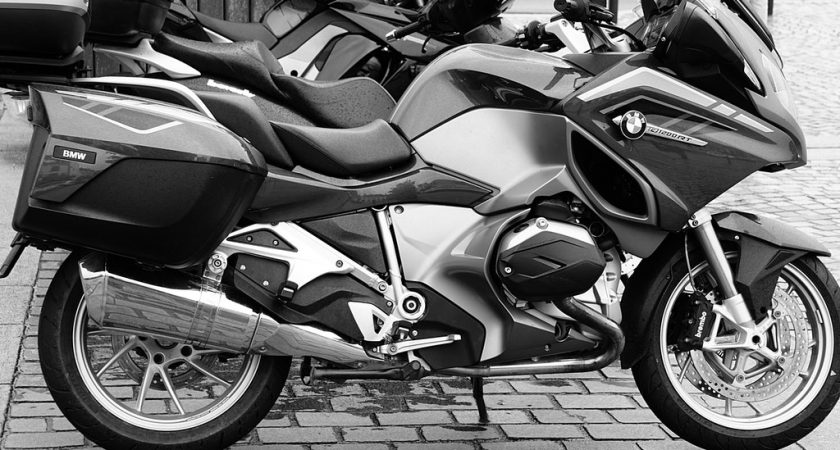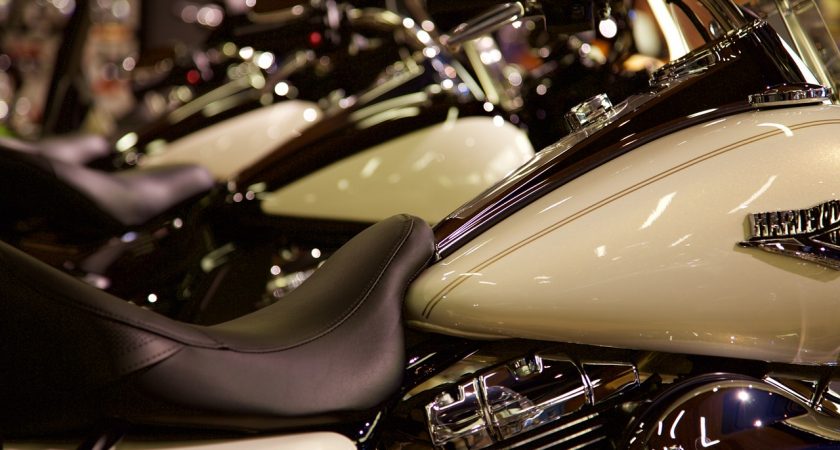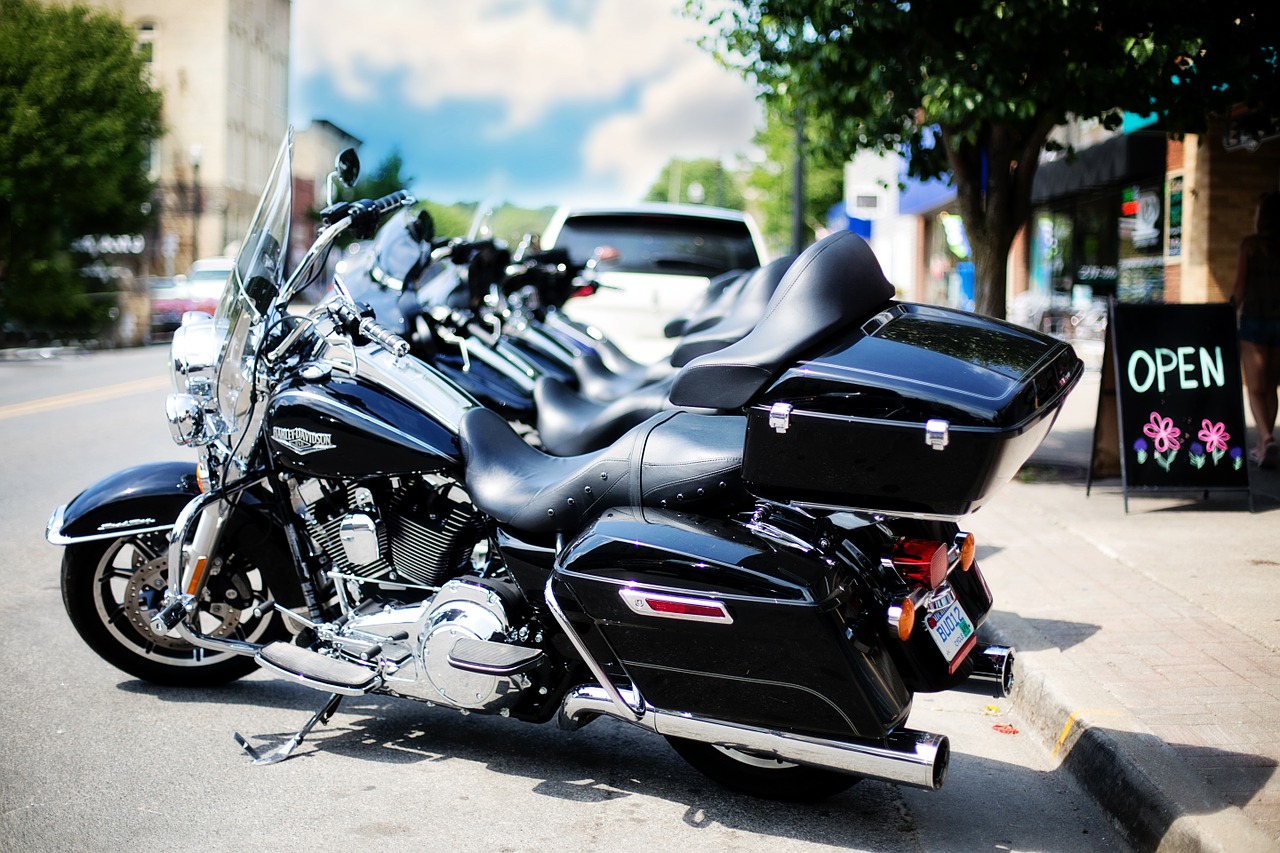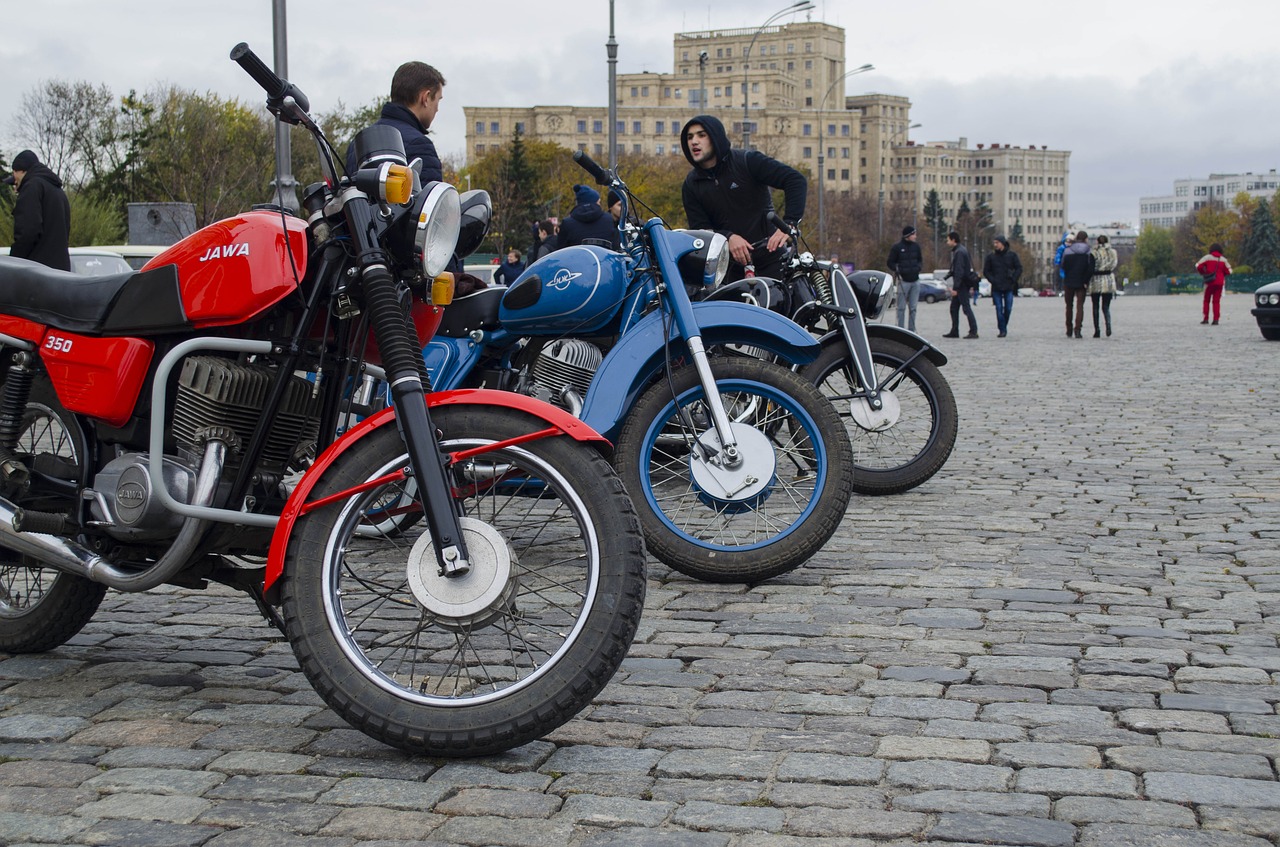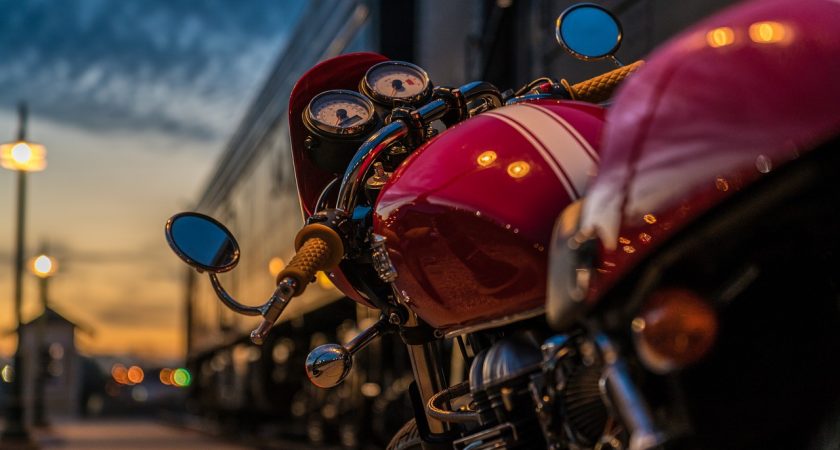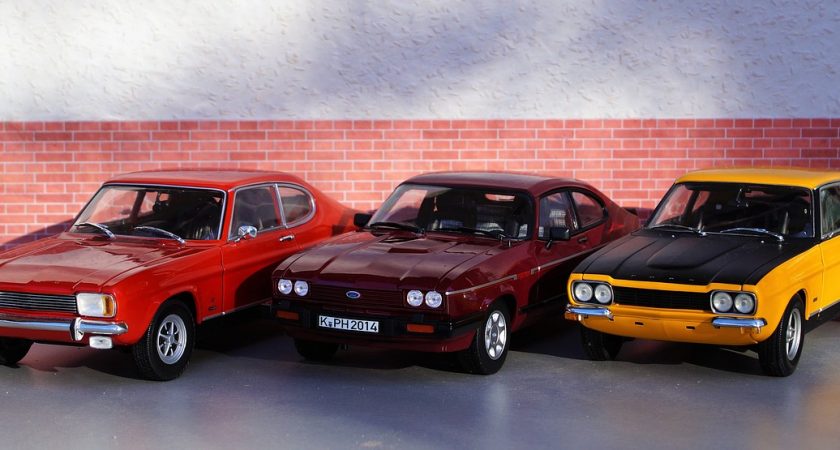Shipping your motorcycle is a process that will take preparation and patience. You will want to make sure that you prepare your bike so that it is not damaged during shipping. You will also want to make sure that you choose a reputable moving company so that your bike arrives as expected. By doing these two things, you will receive your bike as quickly and safely as possible.
Inspect the Motorcycle
You will want to inspect your motorcycle for any previously existing damages, before transporting it. Inspecting your bike will give you a more sound mind and will allow for you to know if any damages occurred during the process. If your bike has previously existing damages, make sure to make a note of them and take pictures for your records.
You will also want to make a note of the way your bike works mechanically. If your bike has existing mechanical problems, moving companies Philly says to note them before informing the shipping company. If your bike has leaking fluids, make sure to stop the leak before shipping the motorcycle, or inform the company of the leakage. It will be best for you to fix all of your bike’s mechanical problems before shipping the bike because a bike sometimes needs to be operated to load it properly. However, it is not essential that you repair your bike before you transport it.
Detail all of the records and pictures that you take of your motorcycle. The shipping company will most likely also do an inspection of your bike, and having records that coincide with the records of the company can prevent complications if something goes wrong.
Take Belongings
Make sure to remove your belonging from the bike before shipping it. Items that are not securely attached to your bike may be lost during the transport process. The motorcycle transport company is not liable for these items, only your bike, so make sure that you take care of any loose items. If you choose to ship additional items with your bike, make sure to make not only a record of that but also notify the company. In most cases, a company will request that you do not ship any loose items with your motorcycle.
Follow your Movers’ Instructions
According to this article by Shipping Masters, some companies require that you drain certain fluids from your motorcycle before transport. UShip, on the other hand, says that you do not need to drain your motorcycle’s fluids before transport. However, UShip does provide levels that your fluids should be at to make the process more efficient. You will want to read the instructions of your specific transporter to perform the necessary steps.
Shipping your motorcycle across the country is a process that can be simplified by preparing properly. Preparation will allow you to ship your bike safely and efficiently.

